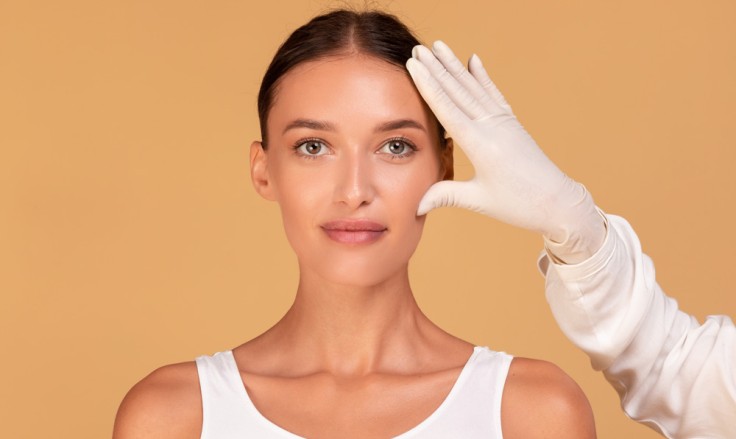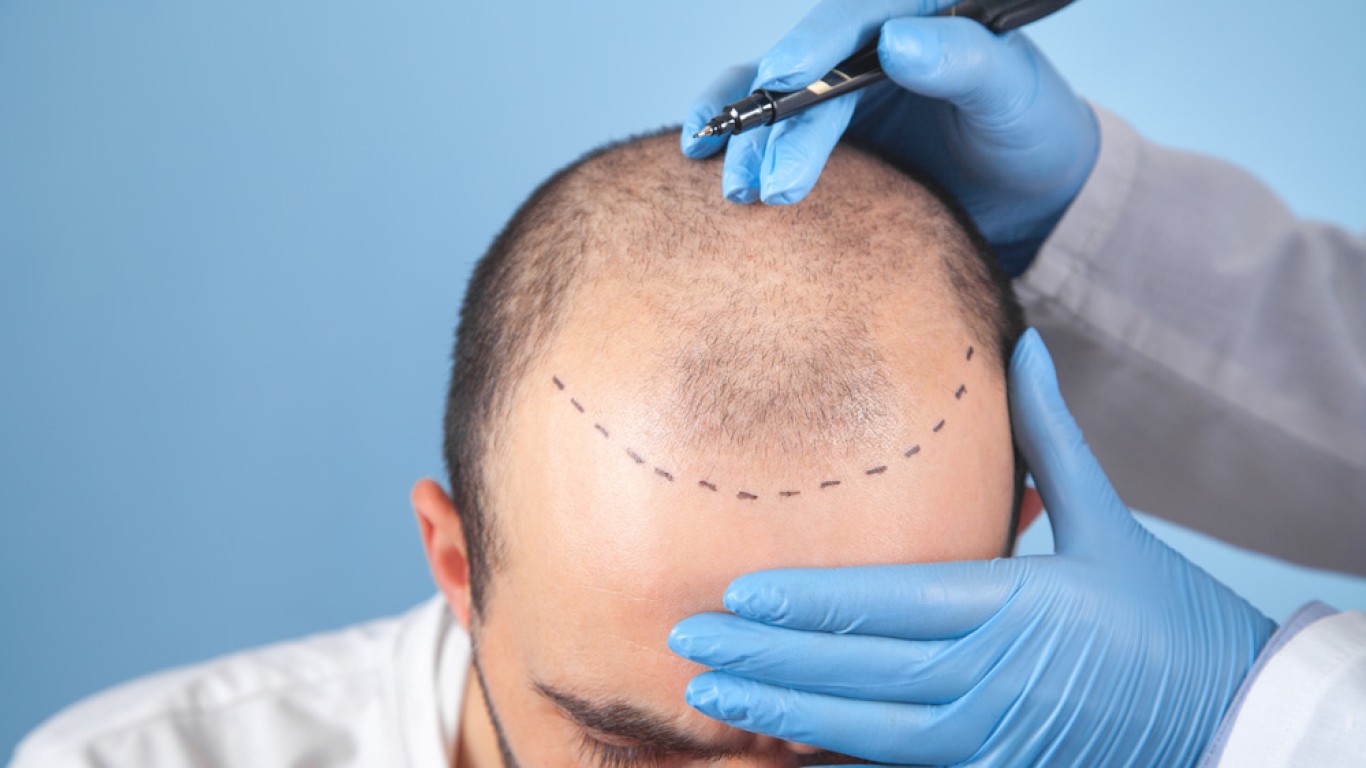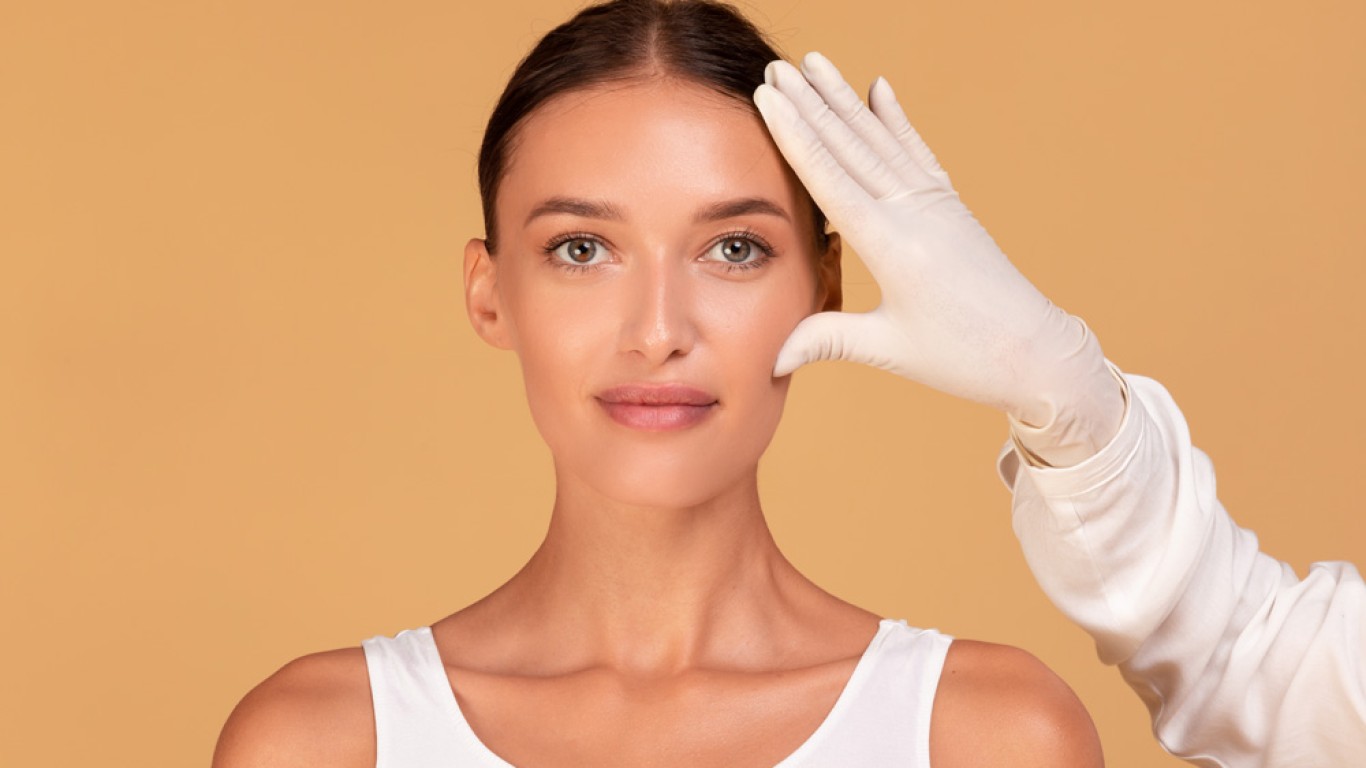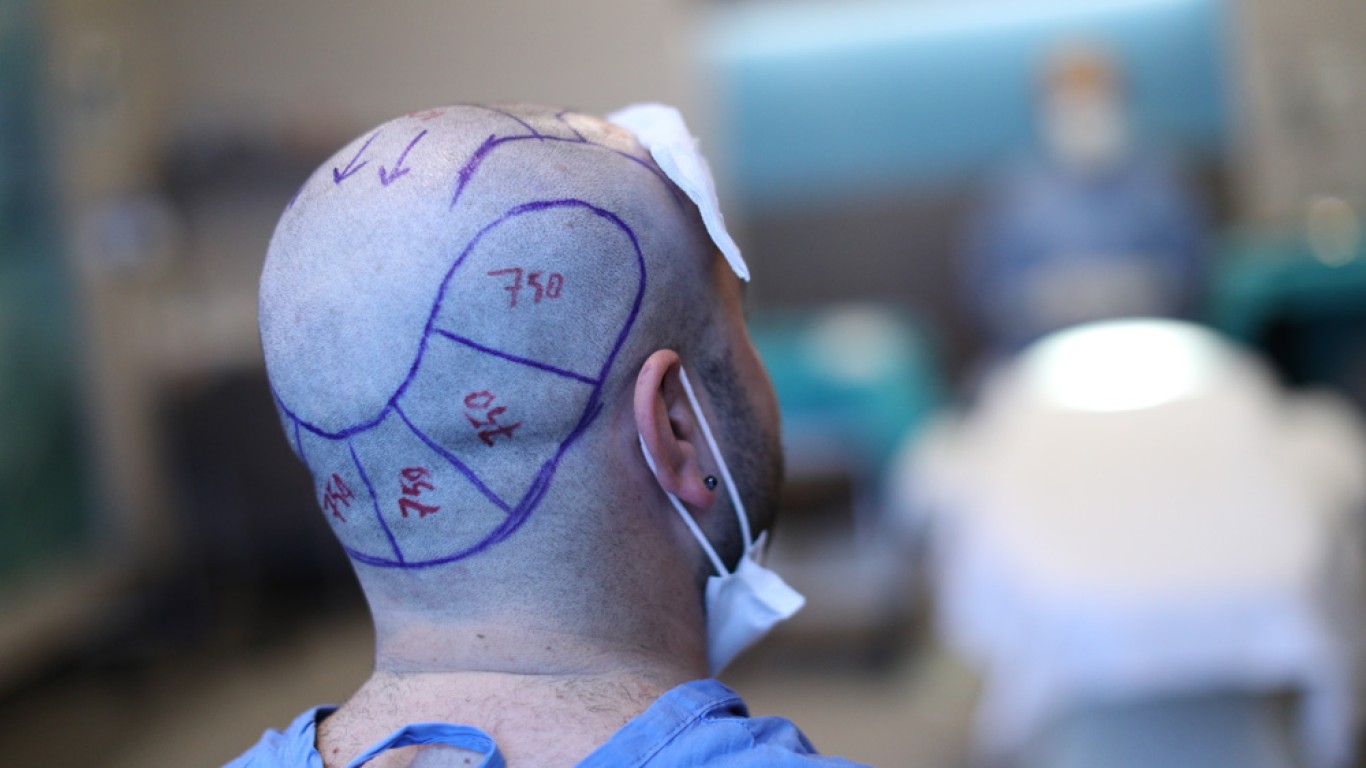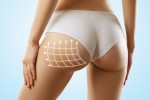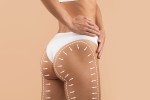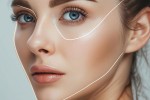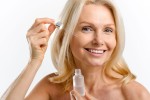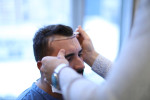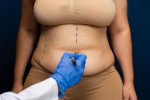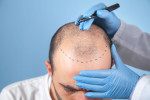Introduction
PRP, or platelet-rich plasma, has become one of the most talked-about treatments in modern aesthetics. From celebrities to everyday patients, people are turning to this for skin and hair rejuvenation. It’s a natural, minimally invasive procedure with wide applications. Whether you're curious about its benefits or considering it for yourself, understanding how it works is key.
In this article, we’ll explain everything you need to know about PRP. We’ll explore what it is, how it’s prepared, where it’s used and why it’s popular. We'll also look at the cost, expected results, and recovery time. It offers impressive results with minimal downtime, making it an attractive option for many.
What Is PRP and How Is It Made?
PRP stands for platelet-rich plasma. It’s a concentration of platelets taken from your own blood. Platelets contain growth factors that help repair tissue, stimulate healing, and reduce inflammation.
To create PRP, a small amount of your blood is drawn, usually from your arm. It’s then spun in a centrifuge. This separates the red and white blood cells from the plasma and platelets. The resulting fluid, rich in growth factors, is what’s used in the treatment.
Because PRP is made from your own body, there’s no risk of allergic reaction. Additionally, the procedure is safe, straightforward, and widely used in both medical and cosmetic fields.
How Is PRP Used in Skin Rejuvenation?
PRP is often used to improve skin tone, texture, and overall radiance. It works by stimulating collagen and elastin production. These proteins give skin its firmness and elasticity. As we age, collagen levels drop, but PRP can help reverse that process.
During a facial treatment, PRP is either injected into the skin or applied topically post-microneedling. Microneedling creates tiny channels in the skin, allowing the PRP to penetrate more deeply. This combination is sometimes called the “vampire facial.” It helps reduce fine lines, acne scars, enlarged pores, and uneven texture.
Results take time to appear, but skin typically looks fresher and firmer within weeks. Over time, improvements continue as collagen rebuilds.
Can PRP Help with Hair Loss?
Yes, PRP is widely used to treat hair thinning and early hair loss. It works by encouraging hair follicle activity and increasing blood supply to the scalp. This results in stronger, thicker, and healthier hair.
The treatment involves injecting PRP directly into the scalp. It targets areas where hair is thinning or where growth has slowed. Typically, patients need a series of sessions spaced a few weeks apart. Maintenance treatments are often recommended every few months for lasting results.
Both men and women can benefit from PRP for hair. However, it's most effective in the early stages of hair loss. In severe cases, other interventions may be more appropriate.
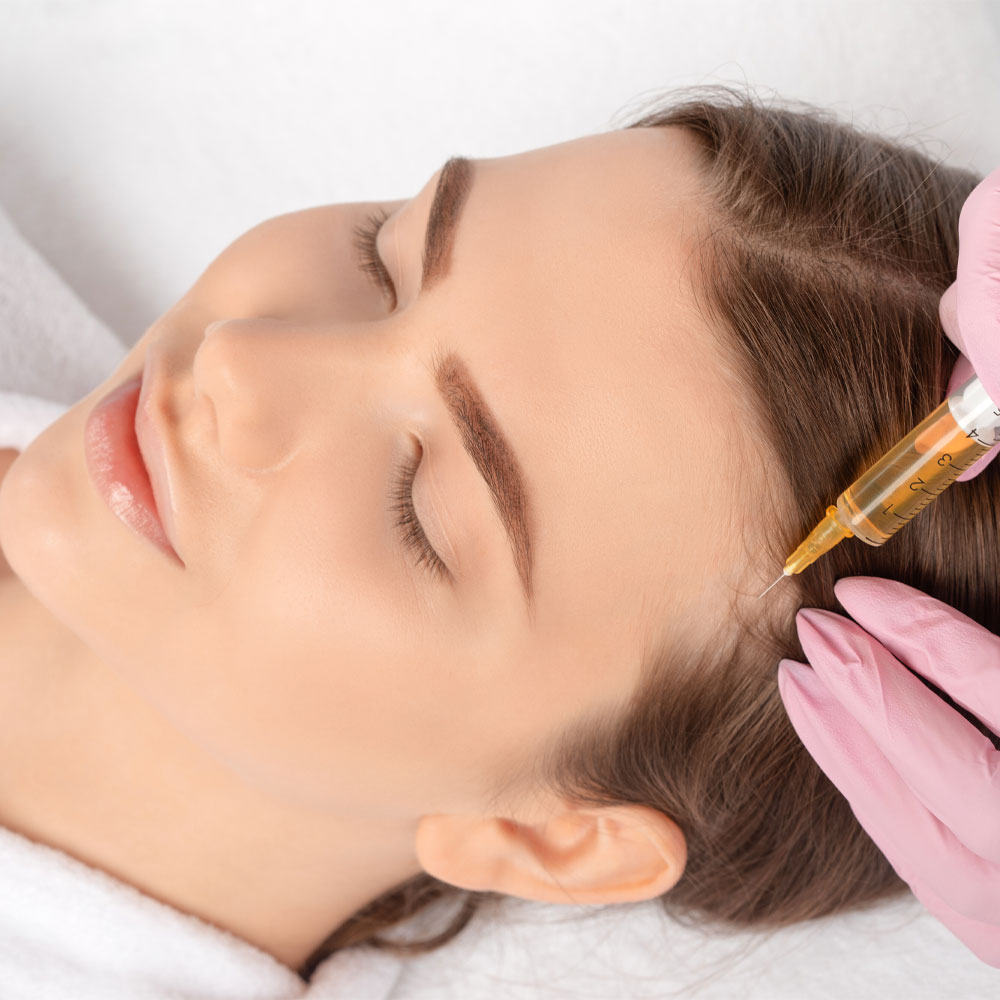
What Are the Benefits of PRP?
PRP offers several benefits across both aesthetic and medical applications. Here are some of the most recognised advantages:
- It uses your own blood, so there's no synthetic material
- There's little to no risk of allergic reactions or rejection
- Downtime is minimal, and most patients return to activities the same day
- Results appear gradually and look natural
- It treats multiple concerns like dull skin, acne scars, and hair thinning
Additionally, PRP can be used alongside other treatments for enhanced effects. For example, combining PRP with microneedling or laser therapy can boost collagen and healing.
Is PRP Safe and Does It Hurt?
Because PRP is autologous—meaning it comes from your own body—it’s considered very safe. It’s widely used in orthopaedics, sports medicine, and dentistry, not just aesthetics. Side effects are rare and usually mild.
Discomfort is minimal. Before treatment, a numbing cream is usually applied to the skin or scalp. The injections feel like small pinches. Most patients report only minor irritation during the session and mild tenderness afterward.
You can usually return to daily activities right away. However, it's best to avoid exercise or heat for 24 hours.
How Long Do PRP Results Last and When Will You See Them?
PRP results are not instant, but they build steadily over time. For facial treatments, improvements often begin to show within three to four weeks. Full results appear after several months as collagen regenerates and skin tightens.
Hair treatments also require patience. Most patients notice reduced shedding and new hair growth after two or three sessions. Maximum results are usually seen after four to six months.
To maintain results, follow-up sessions are recommended. The frequency depends on your goals, age, and response to treatment.
How Much Does It Cost?
Costs vary depending on location, clinic, and the number of sessions needed. In the UK, a single session may cost between £300 and £600. Packages of three to six sessions often include discounts.
In Turkey, PRP is more affordable, with prices starting around £150 per session. Many clinics offer package deals, especially for international patients. These include consultation, treatment, and aftercare. The lower cost doesn’t mean lower quality. Turkish clinics are known for their high standards and experienced practitioners.
Who Should Avoid PRP Treatments?
Although PRP is safe for most, it’s not suitable for everyone. People with certain blood disorders, active infections, or cancers should avoid PRP. Those taking blood thinners or anti-inflammatory medication may also be advised to wait.
Always consult a medical professional before beginning treatment. They will assess your medical history and determine if PRP is appropriate. It’s important to have realistic expectations and understand that PRP supports regeneration. However, it’s not a quick fix.
Conclusion
PRP is a versatile, natural, and effective treatment for both skin and hair. It supports your body’s own healing mechanisms to restore radiance, texture, and thickness. With minimal downtime and long-lasting results, it’s no surprise PRP has become so popular. From vampire facials to hair restoration, this treatment offers a science-backed solution for visible improvement. For those seeking non-surgical rejuvenation, PRP is a standout option worth exploring.
For more information and to book a consultation visit the ACIBADEM Beauty Center PRP page.
Frequently Asked Questions
PRP stands for platelet-rich plasma, a concentration of healing platelets from your own blood.
PRP is highly effective for both. It rejuvenates skin and stimulates hair growth in thinning areas.
Most people need three to six sessions, followed by maintenance treatments every few months.
Yes, PRP works well with microneedling, laser therapy, and hair transplant procedures.
Results start after a few weeks, with full effects developing over several months.
